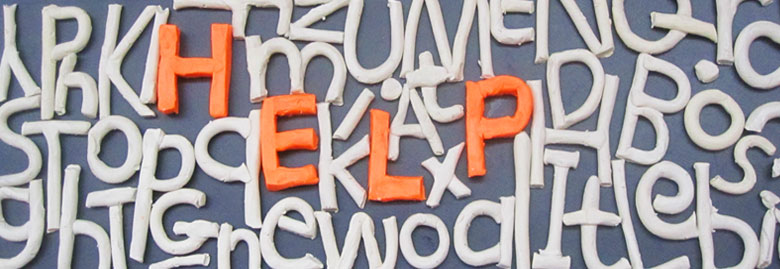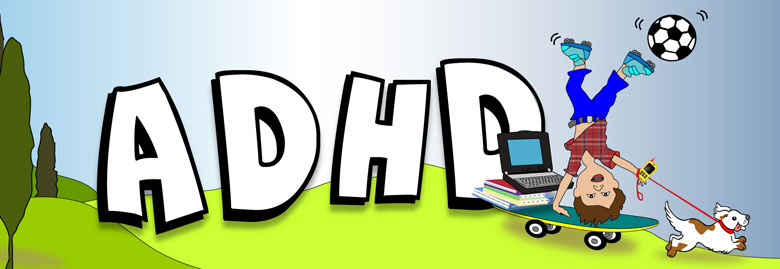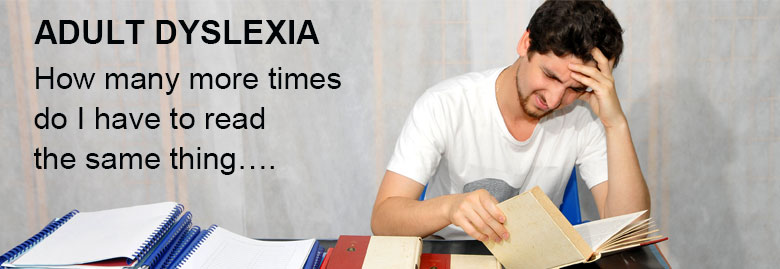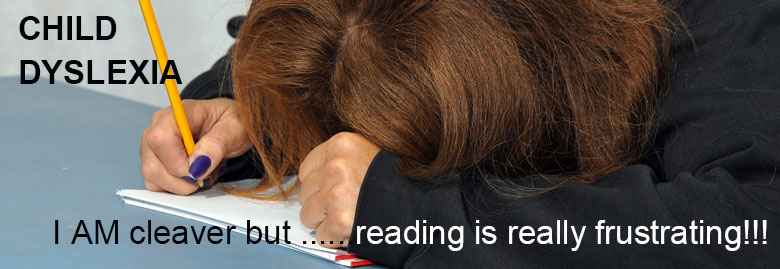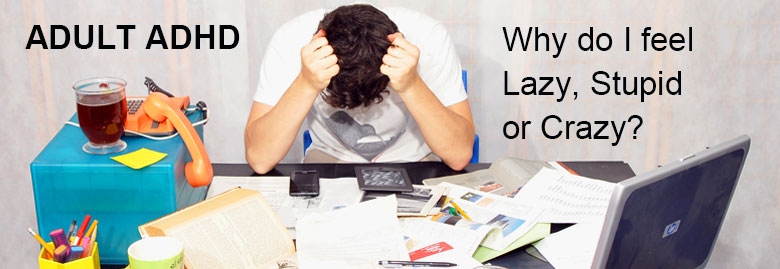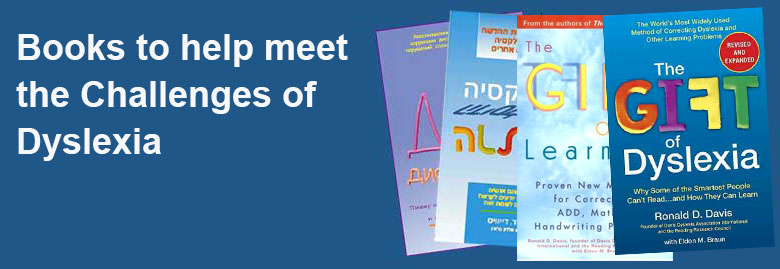Originally published in The Dyslexic Reader,
Issue 14 Copyright (c) Summer 1998-year DDAI.
An Experience in Phonics
Adapted from The Learning to Read Tour by Ruth Alice Jurey, M.S., C.C.C.
Phonics is the sound –code of writing
Phonics symbols – letters – represent the sounds of speech.
The sounds of speech are roots of language. Reading is understanding language – written-down. We read with our eyes, with our ears, too, and most of all with our whole language.
The sounds of language are a basic part, but not all, of the whole of spoken language. Phonics is the written version of the sounds of language.
Growing from these roots are word-meanings, sentences, concepts – the whole of language. Sp phonics is a vital tool, but not the only tool, needed for reading.
All students need all the tools, if at all possible.
Do we read with phonics alone? Try this famous example:
ghoti
It is hard to do without some hints:
Sound ‘gh’ as in ‘laugh
Sound ‘o’ as in ‘women’
Sound ‘ti’ as in ‘motion’
(Clue: Aquatic animal)
Here is a more reasonable example that includes a little bit of context:
wiet broacun peses uv kaek
This can be a cumbersome way to read.
(Clue: At the weeding after the toast)
It helps when there is coherent language that makes sense:
Yue mae wundir hau a purcin cood reed funetikly vairey fluently. Sumtaimz it bukumz daunwrait straynje.
Did it get easier toward the end? Your skills in predicting help you to de-code the written sounds in this meaningful passage.
Beginners tend to depend on phonics.
Beginning readers are often preoccupied with the process of ‘decoding’ sounds and words; it gobbles up their attention.
That is why beginners may object to books without pictures. The pictures help them to make sense of the code more easily.
It takes some sophistication to learn something new, solely from the printed word. But when the written language system is fully connected to the original spoken language, reading works.
Do all readers need phonics?
Yes! All readers need all the tools, if at all possible.
If we had to recognize all whole words by sight alone with no sound clues, it probably would be overwhelming.
Should all readers begin with phonics?
No.
Some students need a lot of practice before they can name the letter sounds well enough to make phonics work. Meanwhile, they could begin reading with other tools.
Some students are not able to blend individual sounds into words. Time and practice can help.
Phonics can be difficult or impossible for students who are unable to distinguish normally-rapid speech sounds, such as the subtle difference between /b/ and /d/. This problem with ‘fast listening’ accounts for many language-based learning difficulties and is correctable with therapy.
Students should begin in a way that is easy for them. They can learn to use all the tools of reading more easily, once they have a successful start.

